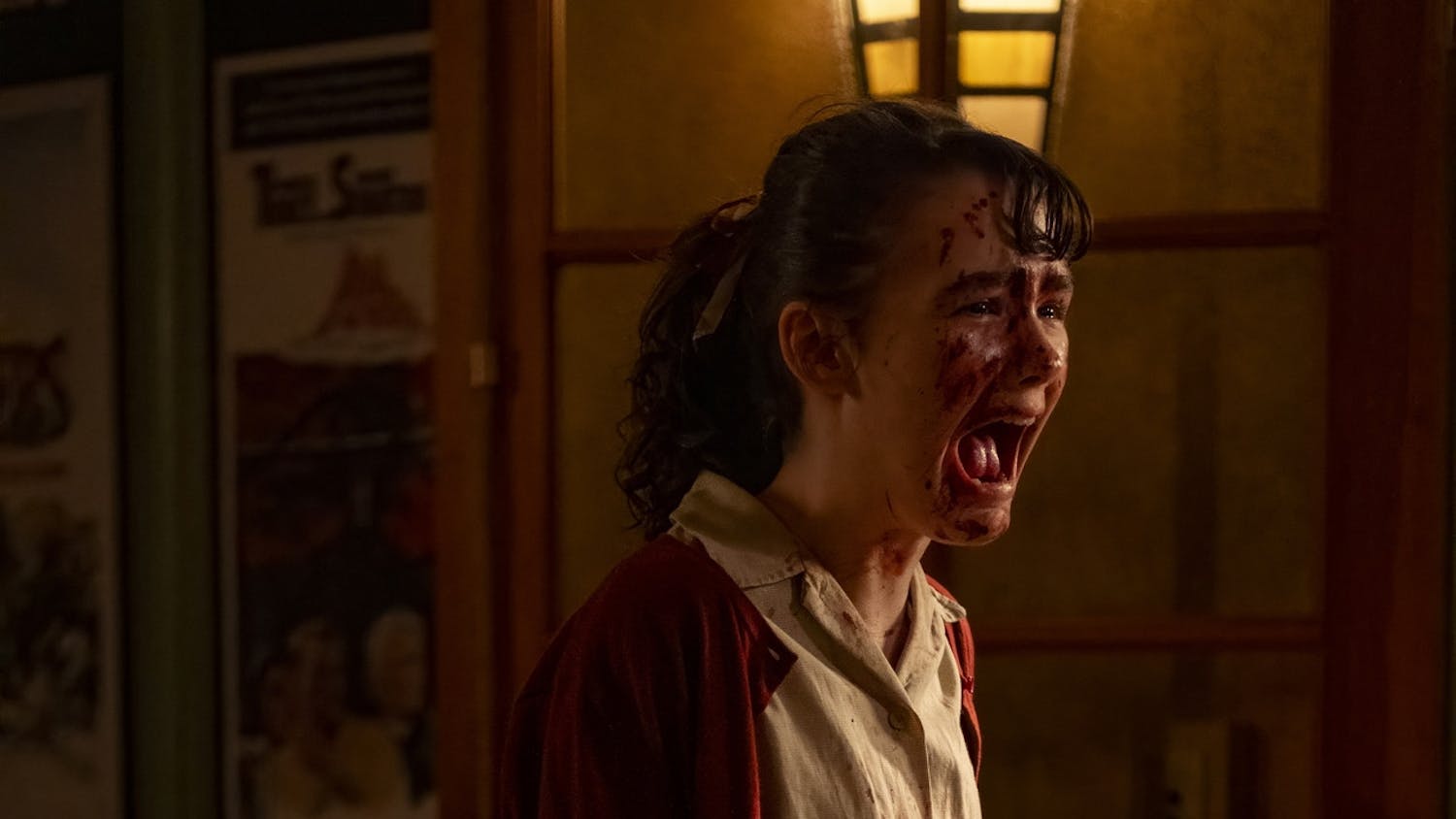“Brace for impact,” because Clint Eastwood’s Sully puts audience members on US Airways Flight 1549.
On Jan. 15, 2009, Chesley “Sully” Sullenberger landed the commercial airplane on the Hudson River when the plane struck a flock of geese and sustained dual-engine loss. The water landing was so successful that all 155 passengers survived. The film does show the famous flight, but it focuses on the more legal process that followed.
The biographical picture is told through a non-linear plot line and uses flashbacks to add substance to the film. If the story were told in chronological order, the monotony of the legal meetings would make for a boring and predictable movie. Instead, the action provided by the water landing scenes dissect the legal scenes nicely. There are a couple flashbacks that provide background to Sully’s life as a pilot, and the scenes seem unnecessary to the overall plot of the biopic, but add character to Sully himself.
Tom Hanks, who plays Sully, delivers a top-notch performance, which isn't unusual for the two-time Academy Award-winning actor. Hanks captures Sully’s internal conflicts as he wrestles with becoming the hero he never wanted become. Hanks portrays Sully as a soft-spoken man who always puts others first — fitting for a person who landed a plane in the Hudson where everyone survived. Hanks is also transformed for the role — his normal brunette hair-do is dyed to a stark white, causing Hanks to look significantly older. As Hanks ages, his character ages with him. People can watch his movies from start to finish and not only see his career but also his personal transformation.
The main theme throughout the film is to bring humanity to a legal case that is trying to prove the airplane could have made it to the nearest airport. In the movie, Sully explains there were humans flying the plane, and they had to have time to react. The theme is also prominent in the crash scene. Instead of focusing on Sully, Eastwood shows the passengers on the plane and their stories, as well as the air traffic controller who tries his best to get the plane to safety. Taking the time to tell passengers’ stories provides a strong contrast to the courtroom that focuses on the pilots and adds a human element to the plot line.
The cinematography excels at putting the audience in the story. In the plane crash scene, the camera jerks around, which makes viewers feel like they are on the plane, too. The picture always looks clean, but staying true to Eastwood’s style, it looks a little darker. When Sully is riddled with doubt and contemplating what to do, his face is hidden in the shadows. Some of the best shots involve Hanks, who constantly looks at his reflection, as if to make sure he is still alive or that he isn’t dreaming. Those shots not only make the film appealing but also allow the audience room for interpretation.
Sully is a great biopic. It is not bogged down by a lot of dialogue and brings attention to all of the people involved with “Miracle on the Hudson.” Hanks and Eastwood bring their own styles to the table and succeed in meshing them together to create a film that is sure to be on the list of nominees for an Academy Award.






